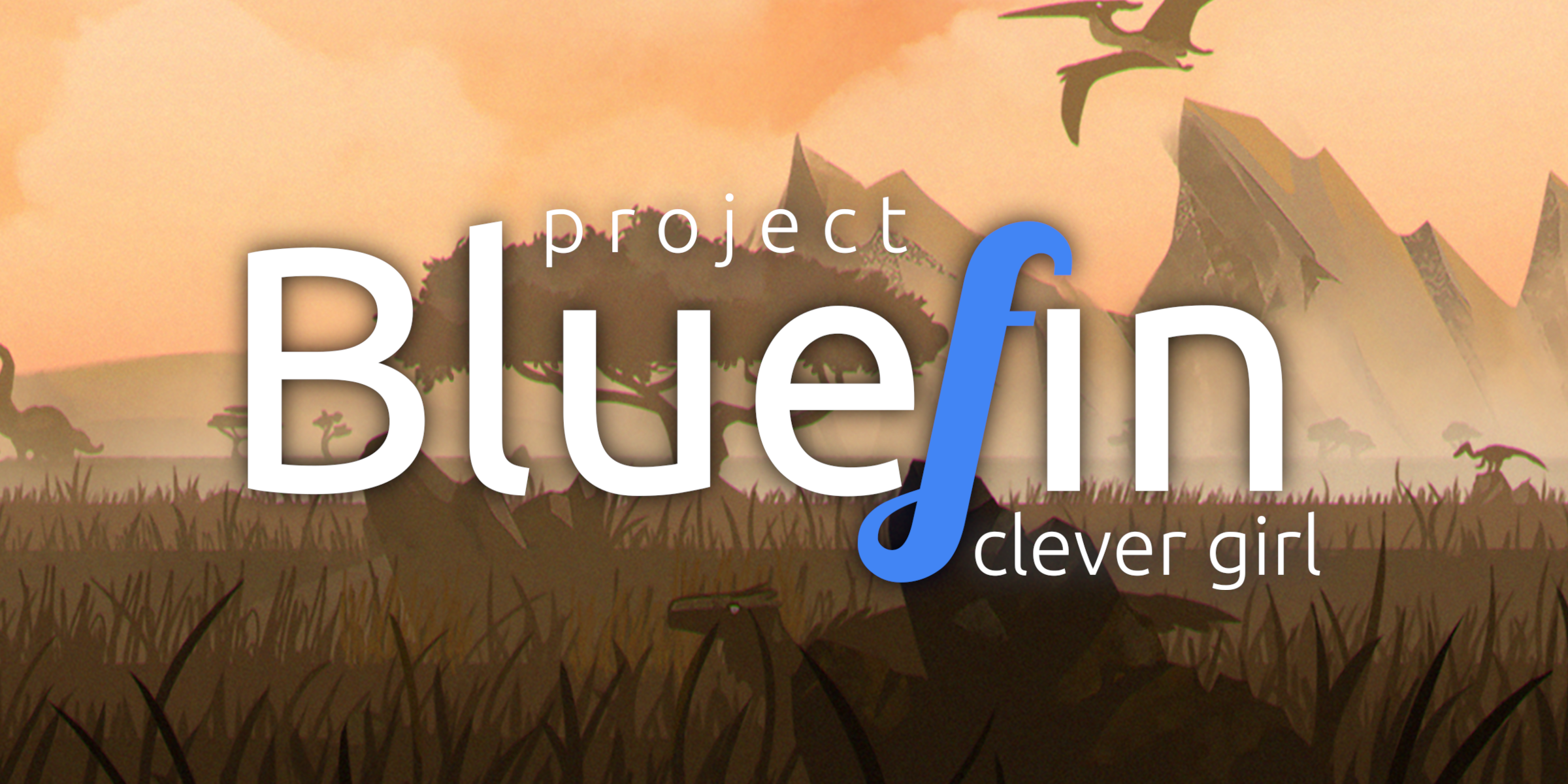OCI images that you can turn into a full-fledged developer workstation shipping Devbox, Nix, Homebrew, devcontainers and DevPod with one command. Pretty swanky!
“the next generation cloud-native”
that’s as far as I got. Cloud native is an immediate, non-negotiable red flag for me
They need to work on their branding. “Cloud Native” triggers images of subscription services and data mining. But the idea here is that the whole OS and its components are all sort of containerized, so you can just pull pre-configured “cloud” images that are guaranteed to work out of the box to your machine.
That is one of the dumbest ways I’ve ever seen someone try to connect their product to the cloud buzzword. By that logic all stable linux distros are cloud since you pull the packages with preconfigured sane defaults from the repos.
Can someone ELI5 why this is so great? I watched the video and I hardly get it. (Linux user for 18 years)
Because it uses OCI images, it auto-updates like a Chromebook, and you can switch between modes, like say a gaming mode that’s a full SteamOS replacement, to a mode that gives you an entire development environment without needing to install and configure these layers or stacks of capabilities yourself.
That’s very powerful. For cloud native developers like myself who are used to working with container images as the deliverable artifact, this makes that workflow very easy. Podman is included. You can create entire development environments at will that are totally “pure”: no side effects because everything you need is in the container. That’s a Dev Container.
I’m still having a hard time grasping this, probably because I don’t understand OCI images. How would this be different than say using fedora with docker to spin up containers with stuff I need?
Hmm, well Fedora on its own (so no Silverblue) is very much your classic way of shipping a distro. That tends to mean that, over time, “cruft” accumulates as you upgrade your system, uninstall/reinstall packages, etc. They leave bits of themselves behind that can cause unwanted behavior.
Fedora Silverblue, that Bluefin is based on, treats the entire system layer as “immutable”. Basically, it ensures consistency so that upgrades and package upgrades don’t leave the system in an inconsistent state.
What Bluefin adds on top of this is a set of opinionated, pre-configured layers suited for getting particular groups of tasks done. Those layers are also immutable and tested as a whole, which makes shipping those layers at velocity easy (faster upgrades, less wonky behavior on upgrade) and easy to swap between, so you can go from gaming to developer mode without worrying about an accumulation of cruft.
Is that helpful at all? There’s also this announcement blog post, which I found very helpful in understanding the value proposition.
Yes!! Super helpful. Thank you!
I have long loooooong ago given up on distro hopping because, at the end of the day, most distros are close enough to each other that it doesn’t really matter which one you choose at the end of the day. These new immutable ones though… They seem cool as hell. I need to give one a go someday.
Same, I found Arch over a decade ago and stopped looking.
I feel like I left arch a decade ago. 😄
It was rough going around the time of the systemd transition and needed something more consistently reliable. I’ve been on Mint ever since.




